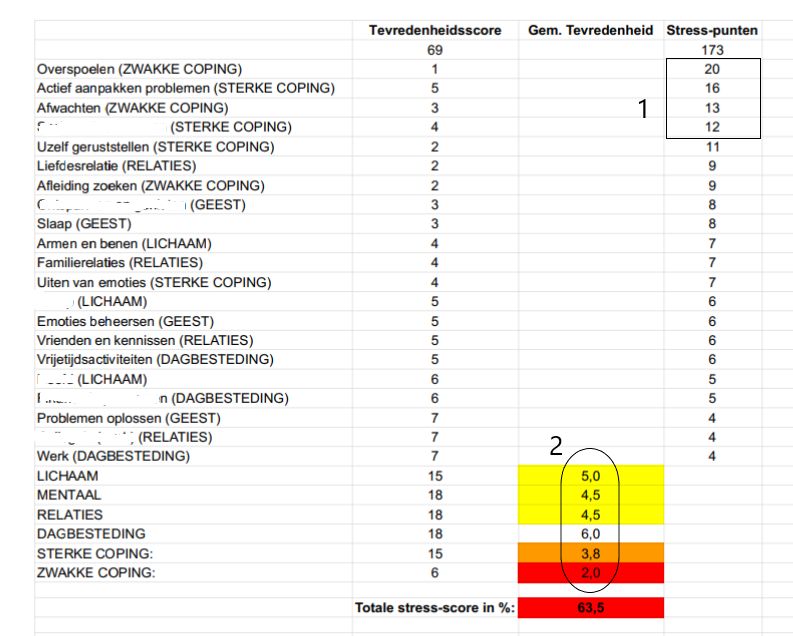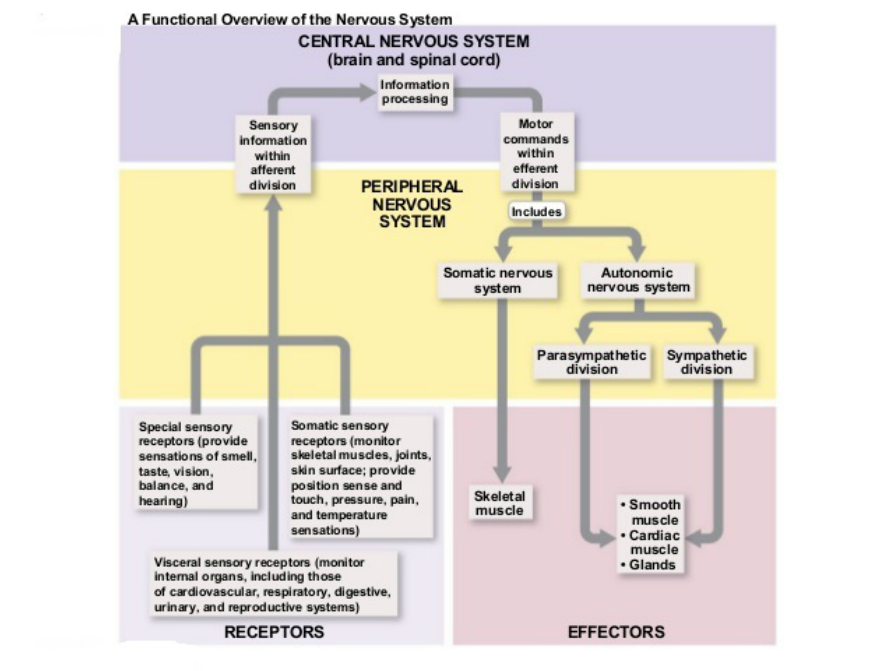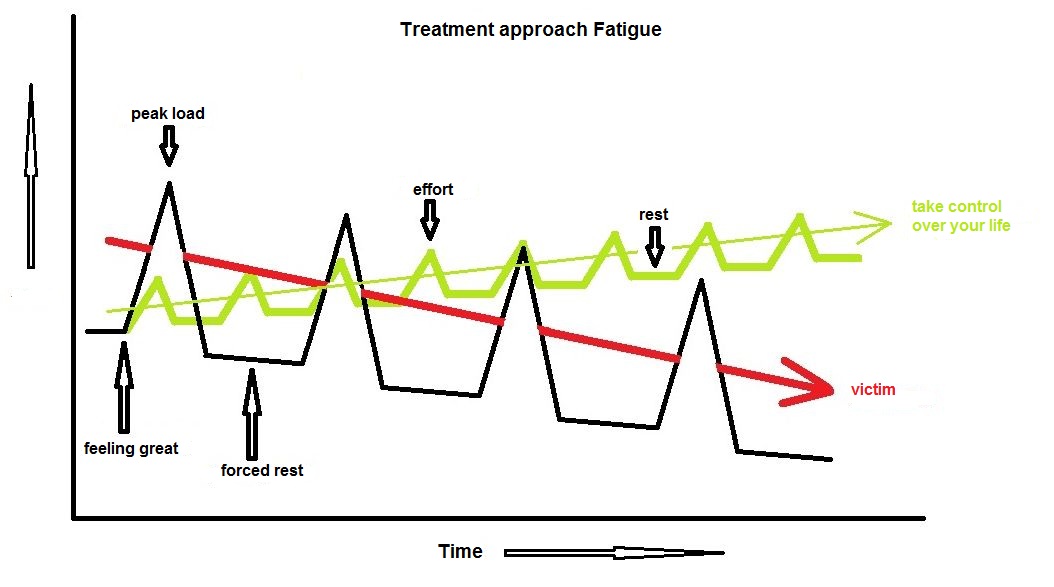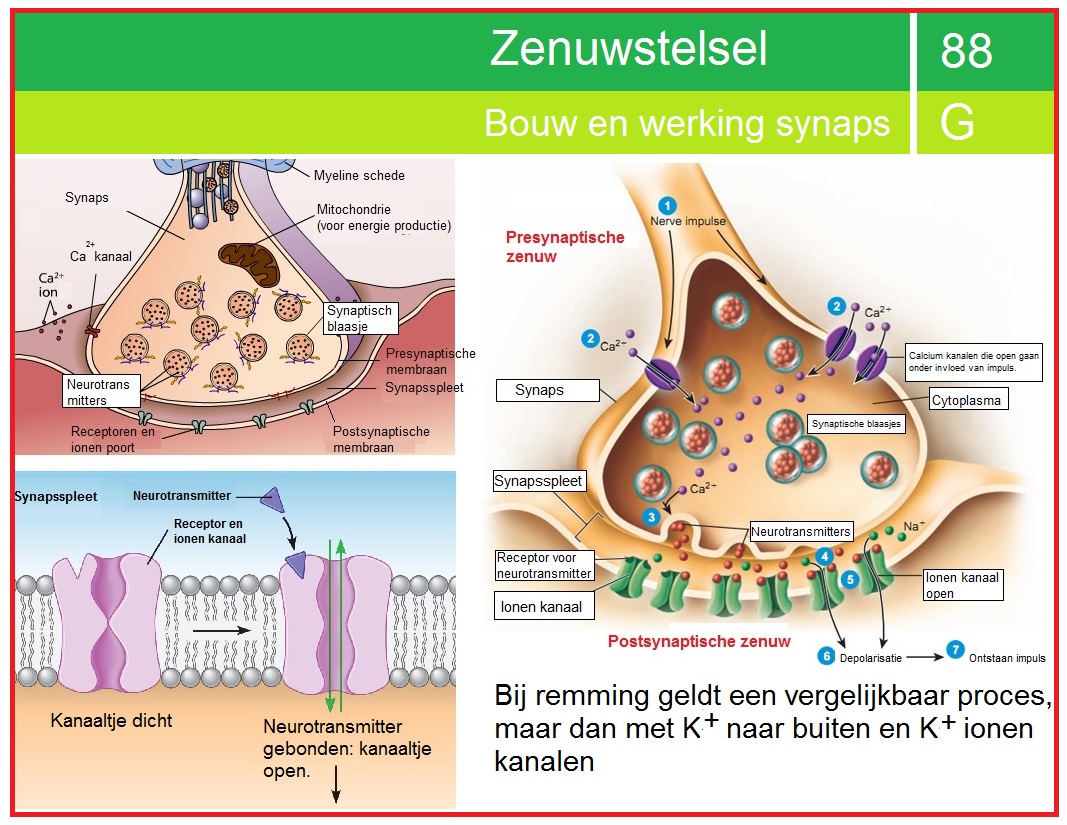- Home
- Personality
- Stress overview meter
The Stress Overview Meter (S.O.M.)
Ga HIER naar de Nederlandse versie van deze pagina
Please click HERE to fill in the S.O.M.
There are surprisingly many Stress meters on the Internet. They can measure both physical (stress) signals such as your heart rate, sleep rhythm, blood pressure, etc. But also questionnaires that measure how you feel and what you are concerned about.
The latter is also being used by the Stress Overview Meter (S.O.M.). It is a short questionnaire that can be completed quickly (3 minutes) and indirectly tries to find out what worries you most.
It is based on my clinical experience and some theory about what stressors might be at play in humans.
People come to a psychologist or psychiatrist because their stress level is often too high. Usually this has to do with a few setbacks and a reduced resilience as a result.
General complaints lists are then used to properly map out the number of complaints. Examples are the OQ45, SQ48, SCL-90.
However, such lists of complaints are, in my opinion, not well suited to determine the targets of a therapy or treatment. They also do not properly measure the stress level in the important areas of life.
That is why I developed a short, simple questionnaire that can quickly provide an overview of the most important stressors (= tension sources) in someone's life. After completing this questionnaire you will automatically receive a report in which you can see what your main stressors are and how much stress you have (from 0-100%).
Such an overview is very useful to determine for yourself and your therapist how severe your stress is and in which areas of your life you experience the most stress. It is then easier to choose a target on which the treatment should focus first.
How it works? You answer a few questions within 3 minutes that mainly check how satisfied you are now. Your satisfaction is measured in the most important 3 areas in someone's life:
- Health (physical as well as mental)
- Relationships
- Meaningful daily activities.
In addition, you will also be asked about your coping style = your way of dealing with problems.
The stress is not measured directly because physical measurements are also needed for this. The stress is derived based on your satisfaction. It is simply assumed that the degree of satisfaction says something about your stress level. The more dissatisfied, the more stress is in your body. A simple but in my opinion very effective assumption within a therapy setting.
Of course you may not agree with this way of measuring stress, but in my clinical experience there is a clear link between dissatisfaction and your stress level.
The questionnaire is experimental, completely new, so research can of course be done. But I think it is a very useful clinical tool that can be a guiding part of a treatment.
After all: you can quickly see in an overview where someone's dissatisfaction lies in his/her life. Often there is an important request for help to reduce this dissatisfaction. In my opinion, this stress meter quickly shows what you can focus on with the client to reduce his/her stress.
Example of a S.O.M. stress report
Below is an example of the report you get when you use the S.O.M. Not everything is shown to prevent illegal copying.
In this example it can be clearly seen that the general stress score is quite high: 63.5% (range: 0-100%). In particular Love Relationship and Coping (both weak and strong coping) are clearly major sources of stress. The more stress points, the more stress can be found there.
In the Overview at the bottom left it is clearly visible with colors that the Weak coping scores very badly when it comes to how satisfied the person is with it.
A treatment here could therefore be aimed directly at the Weak and Strong coping, after which a direct look could be taken at Relationships (especially the love relationship).

Above is a S.O.M. STRESS meter summary report.
At 1. you can see a top 4 of the greatest stressors. For example, in this example, Overwhelmed with emotions is the biggest stressor (20 points), followed by Actively tackling problems (16 points). Please note: this person is least satisfied with this and it is assumed in this model that this also causes the most stress.
At 2. you can see the 6 domains where the most dissatisfaction or stress can usually come from. In this case, the Weak coping next to the Strong coping is the least satisfying for this person. A therapist may therefore choose to tackle these domains first, in order to reduce the amount of stress.
The total Stress score is 63.5% (range 0-100%) and that is much too high, hence the color Red. Guidance of this client is strongly recommended.
Compared to many general complaint questionnaires in mental health care, this Stress Overview Meter offers a slightly different view of stressors. Of course, all stress is somewhat simplified to a few main areas, but that is precisely the intention.
In my clinical experience, these domains capture virtually all of the stressors clients present themselves with. If a therapist's efforts quickly focus on a domain, you often see that the amount of stress can decrease rapidly. In fact, it is a strategy of Short-Term Solution-Focused Therapies.
Do you want to find out your Stress level in this way?
Please click HERE then to fill in the S.O.M. questionnaire
Have A Great Story About This Topic?
Do you have a great story, remarks or any additions to or about this? One that could help other people as well and above all is constructive? Then please share it!
DISCLAIMER
I will not take any responsibility for how the information on this website will affect you. It always remains your responsibility to handle all information with care and in case of medical or mental problems you should ALWAYS consult a professional in your neighbourhood!
Ik neem geen enkele verantwoordelijkheid voor hoe de informatie op deze site u zal beïnvloeden. Het blijft altijd uw verantwoordelijkheid om al deze informatie zorgvuldig te bekijken. In het geval van lichamelijke en/of mentale problemen dient u ALTIJD een professional in uw directe omgeving te waarschuwen!


